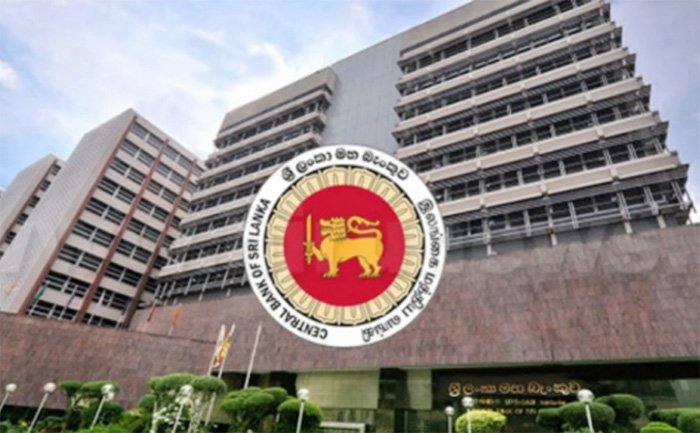
Sri Lanka’s central bank buys $715mn from forex markets in March 2024.
Sri Lanka’s central bank has bought 715 million US dollars from forex markets in March 2024, up from a net 239.5 million US dollars in February, taking the total so far this year to 1,199 million dollars, official data showed.
Gross official reserves went up by 431 million US dollars in March as debt was repaid from domestic savings.
A central bank is able to collect reserves when domestic credit is moderated by an appropriate interest rate (reducing domestic investments), and the rupees created by dollar purchases are mopped up by central bank securities sales to commercial banks.
The action constitutes a raising of ‘deposits’ by the central bank (a note-issue bank) from the domestic economy and lending it to the US or other reserve currency nations to finance their deficits.
The sale of central bank held securities to banks to mop up dollar generated liquidity is similar to the issue of ‘a passbook’ or a fixed deposit certificate to customers of a commercial bank, the sale of a central bank security by an East Asian central bank or the issue of certificate of deposit by a currency-board-like GCC central bank in the recent past.
The commercial banks then end up holding the security and cannot give loans to customers for investment or other credits, leading to a balance of payments surplus.
The central bank had also allowed the exchange rate to appreciate from around 320 to about 298 amid deflationary policy, offsetting recent rises in tax and oil prices in the inflation index and costs of companies.
When the exchange rate appreciates importers have a tendency to cover their bills late.
Meanwhile exporters are under forced sale requirements.
As the currency appreciates, commercial banks also tend to cut their net open forex positions and run negative NOPs, to prevent losses, leading to further sales of dollars.
Sri Lanka operates a so-called flexible exchange rate, an ad hoc pegging arrangement to collect reserves which is neither a consistent hard peg nor a consistent float, which can lead to large swings in the exchange rate in a credit spike, if dollar sales are not made.
Due to its policy rate and narrow policy corridor, the exchange rate has also collapsed in the past, when interest rates are mis-targeted with inflationary open market operations or outright purchase of bonds to target the yield curve.
Analysts have warned that the required market interest rate is determined by domestic credit made up of the private credit demand, budget deficit, SOE credit and the IMF’s reserve target which is essentially a reserve currency country deficit and not the inflation.
Analysts have warned that ‘flexible’ inflation targeting without a clean float is a fundamentally flawed operational framework, as are ‘flexible’ exchange rates, though stability can be maintained as long as private credit is weak and no attempt is made to target potential output.
Mis-targeting has gained momentum in February of the year in past currency crises, with the combined liquidity releases of provisional advances and central bank profits transfers driving up credit, and sometimes in May when April liquidity injections provide room for excess credit by banks, analysts say.




Leave A Comment